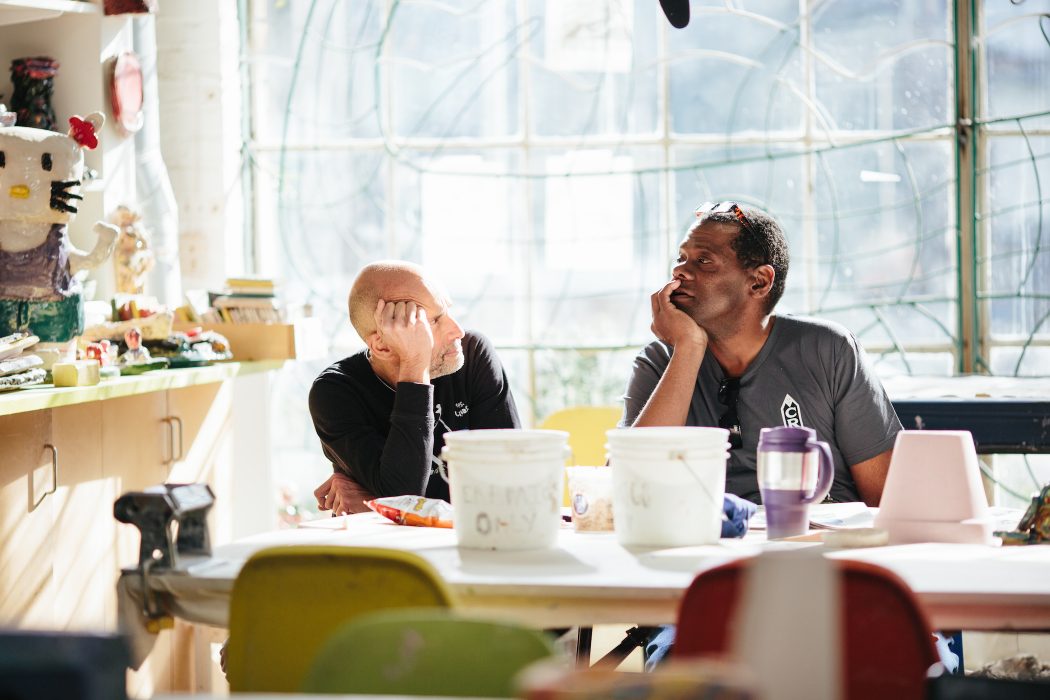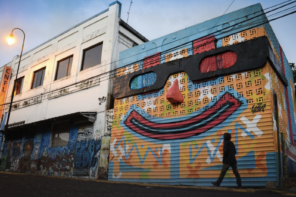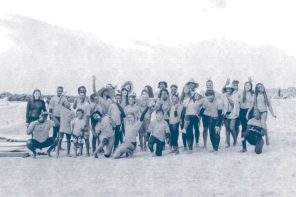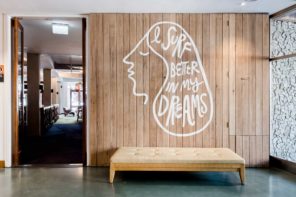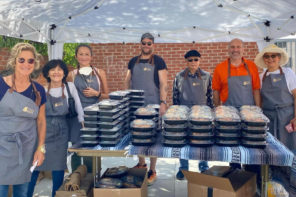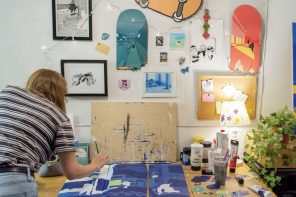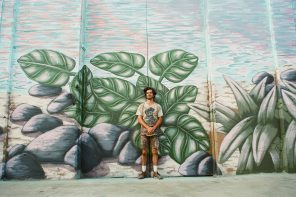The artists of Creative Growth are all in
Maybe don’t call them outsider artists. They might be in some senses, in the technical definition of the term at least, but some of them have been fighting for acceptance their entire lives, and art is their way in.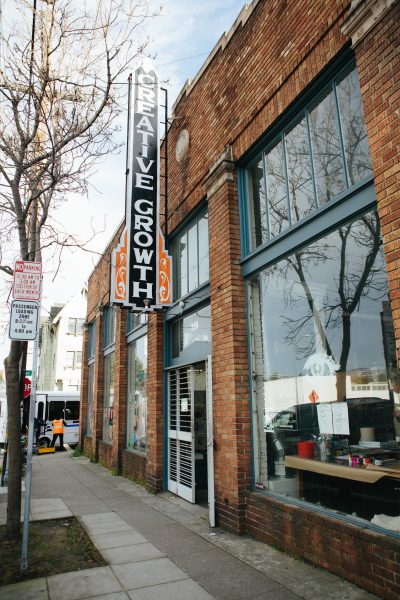
Creative Growth in Oakland, CA
The most well-known example of the outsider artist may be Henry Darger, who painted, drew and wrote the epic of the Vivian Girls in the “Realms of the Unreal” over many decades completely alone inside the Chicago apartment he lived in almost his entire adult life. Working in total isolation, Darger produced hundreds of paintings and collages (some on scrolls up to 9 feet long) and a manuscript that was 15,000 single-spaced-typed-pages-long—all discovered only at the end of his life. He was hailed as a tragically undiscovered voice, his work toured the country and found a permanent home at the American Folk Art Museum in New York.
Creative Growth wasn’t created to find the next Darger. But if he walked in off the street, he’d have an enriching and nurturing place to work from and commune with others and move toward the inside. The principles of what an outsider artist fit with those who work at Creative Growth: They are not academically trained and without an understanding of the history of art. But that’s where it stops.
“We engage the people we serve to find their own voice and their own creativity,” says Tom di Maria, who has been the director of Creative Growth for nearly 20 years.
The Oakland-based organization is a classic Bay Area startup in some regards. Florence and Elias Katz launched it out of their garage in 1974, not with the goal of discovering new artistic voices but with the intention of helping those who were turned out into the streets when then-California Governor Ronald Reagan shut down many the State’s developmental centers through the Lanterman Act. The deinstitutionalization created a class of adults with developmental disabilities with nowhere to go. Creative Growth sprouted up to fill the void in a positive way. As artists themselves, the Katzes saw the situation and helped in the best way they knew how.
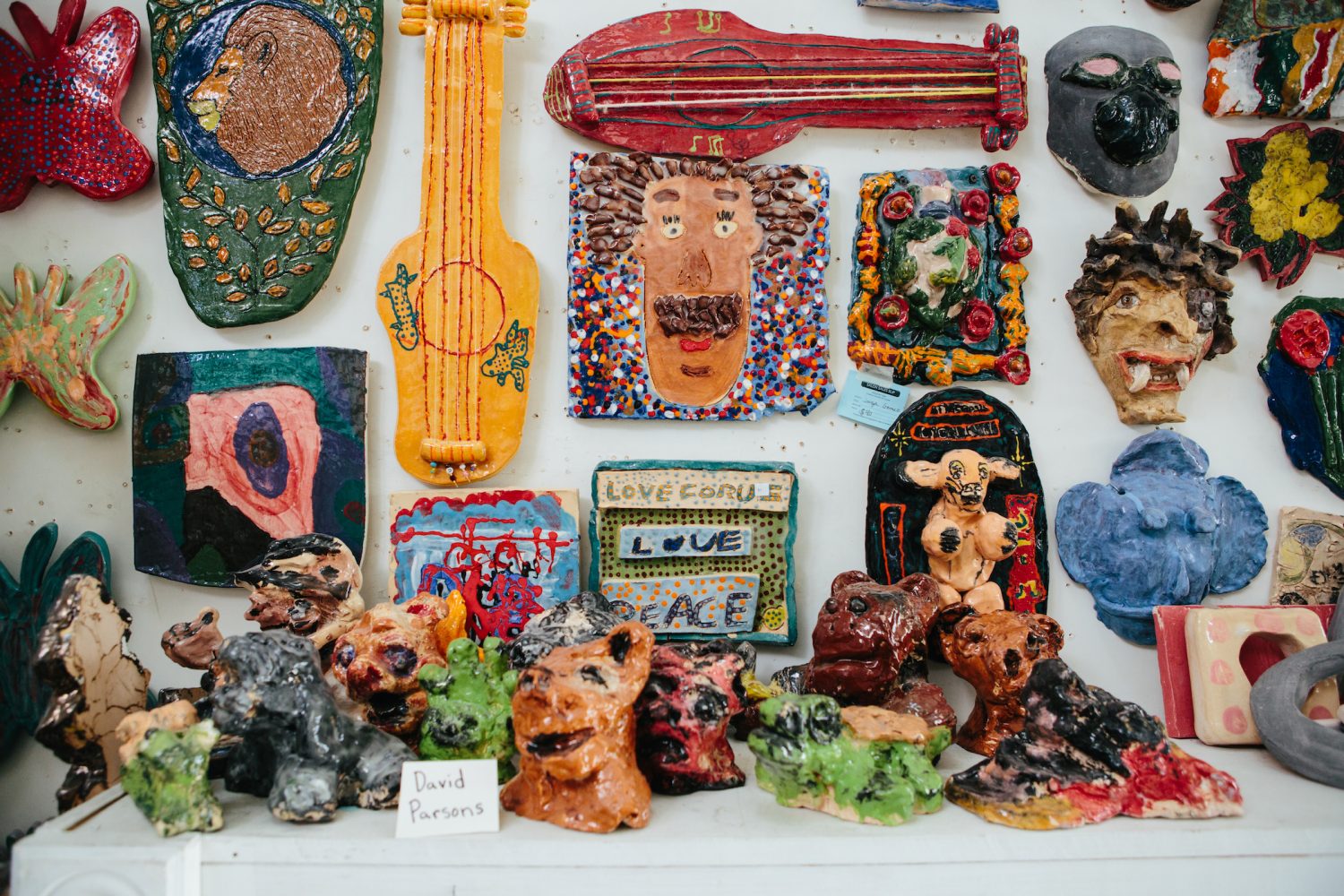
On display in the studios at Creative Growth.
Home in Oakland
The old industrial, but brightly lit and cheerful, building in Oakland that Creative Growth moved into shortly after its earliest days in the garage has served as a vital hub for the community of artists, including staff and volunteers, that make the center so special. It has all the studio and gallery space to house the 150 artists who regularly come there. Some have been coming almost daily for 39 years, others come less frequently, or maybe just once, but all are welcome.
“The primary focus is to work as an art center to support the creative direction of people with developmental disabilities,” says di Maria. But a byproduct of that work is changing the public perception of people with disabilities.
Primarily though, the Center is a unique space that provides a nurturing environment and safe haven where people with disabilities can express themselves. “Some of our artists,” says di Maria, “are using their work as their primary way to communicate with the world—I mean they don’t speak.”
But the artists who benefit from coming in once in a while to once a week to every day, cover all types. Young and old, those who grew up isolated to the younger clients who have been mainstreamed in public schools their whole lives. But in one way or another, they are finding an outlet at Creative Growth. There’s no requirement to produce art or do anything else to stay, but most find the outlet rewarding and participate.
“We work with people who have been told not to communicate and not to participate in society for any number of reasons,” says di Maria, “and we bring them into an environment where we say, ‘Tell us who you are are and express yourself.’”
That visual art they produce ranges a broad array of styles and expressions. Some of the work is purchased by contemporary art collectors or often finds its way to galleries and museums. In fact, a Creative Growth artist is the only artist with developmental disabilities in the collection at MoMa.
We bring them into an environment where we say, ‘Tell us who you are are and express yourself.’
The Center operates on the same model a gallery would. When an artist’s work sells, half the money goes tot he artists and the other half goes to the Center. This is one of the ways in which the effort is supported, but the staff and volunteers who dedicate their time to working with the artists keep the Center thriving. Those volunteers range from artists and students to those who have some relationship with people with disabilities. The artists who volunteer, says di Maria often “find the work to be really refreshing, and it reminds them of why they are an artist.”
But that is far from the only reason people give their time to the Center. Di Maria says “an experience that’s been told me by two or three people in our organization,” is of those who come in to volunteer because they may have some guilt about their relationship with or treatment of someone with a disability. “They are people who want to grow in their understanding of what someone with a disability can be.”
And one of the things those people with a disability can be is an artist in millions of homes. This month marks the second collection of limited-edition bottles from Method featuring the work of Creative Growth artists and available exclusively at Target).
“Method has done a great job of telling our artists’ stories,” says di Maria. “The project is amazing because it brings our artists work into millions of homes across America.”
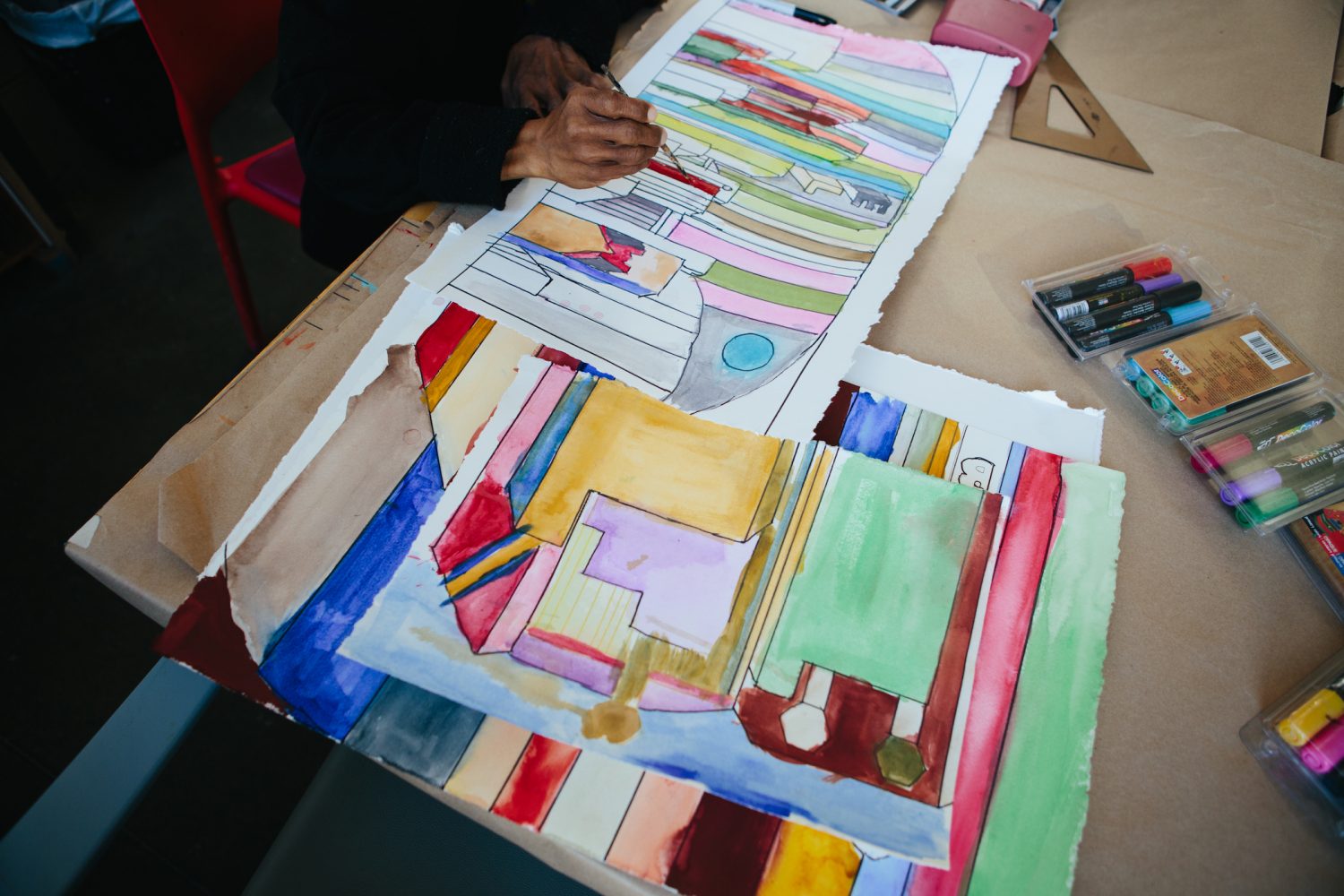
Edward Walters at work at Creative Growth. Edward’s art is featured nationally on limited-editon Method bottles.
He’s especially enamored of the way the partnership between Creative Growth and method “shows how creativity can make everyday life a little better.” And obviously, he isn’t just talking about for the artists.
After a process of about 18 months over which the Method folks came into Creative Growth to collaborate including bringing tiny little scent bottles to work with the artists and staff to match soaps to scents, the resulting newly created “marshmallow clouds,” “fresh pineapple,” “rainforest bloom,” and “sea breeze” fragrances to complement to artwork were released into the world.
The work has been a hit with the critics who count the most. “In our regular life at Creative Growth sometimes we go on field trips—museums, art galleries,” says di Maria. “But when we went to Target to see the method soaps it was everyone’s favorite field trip ever.”

